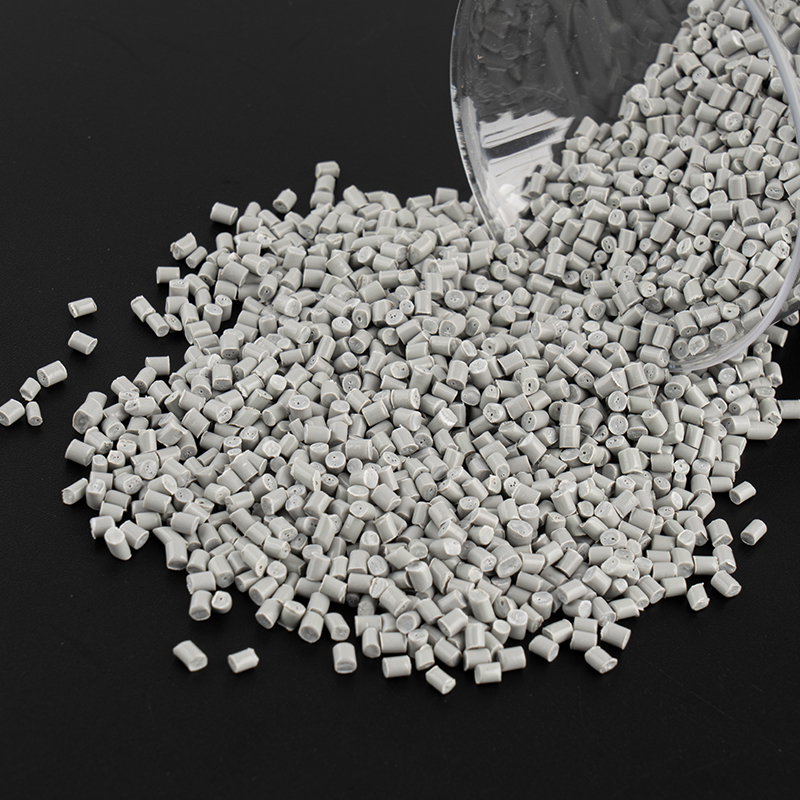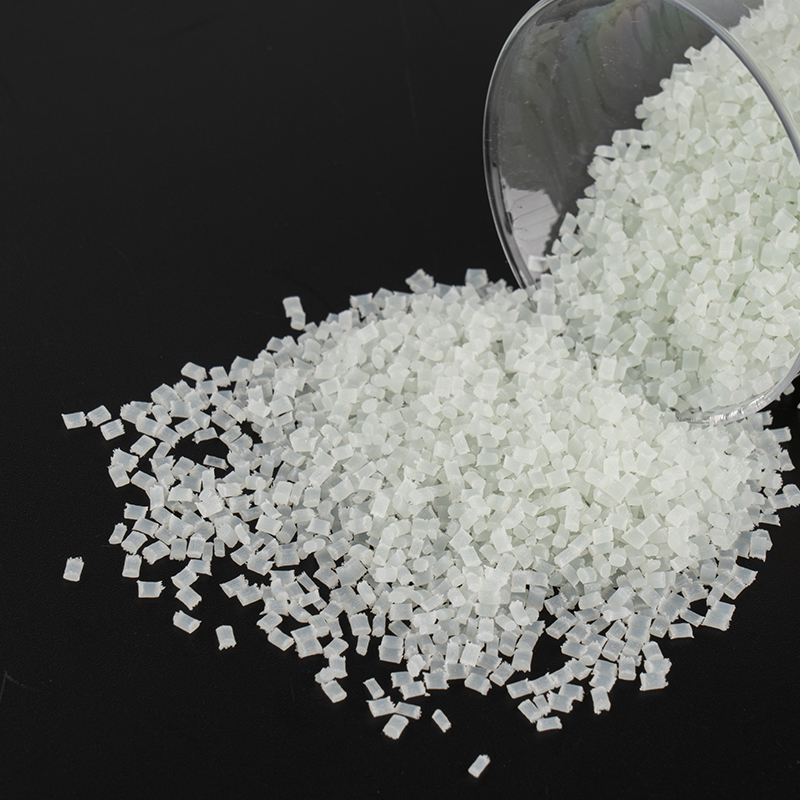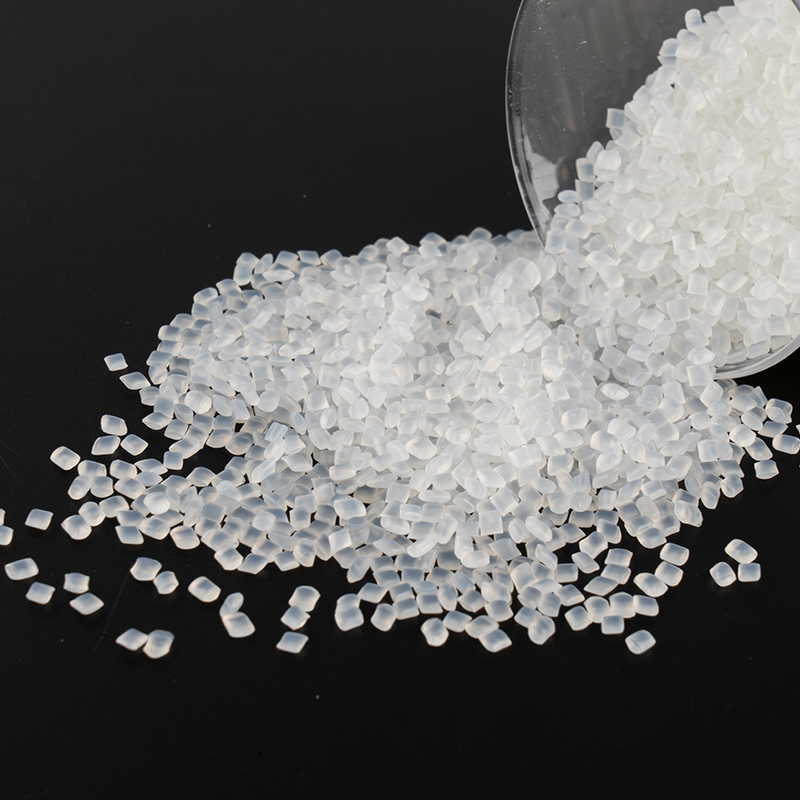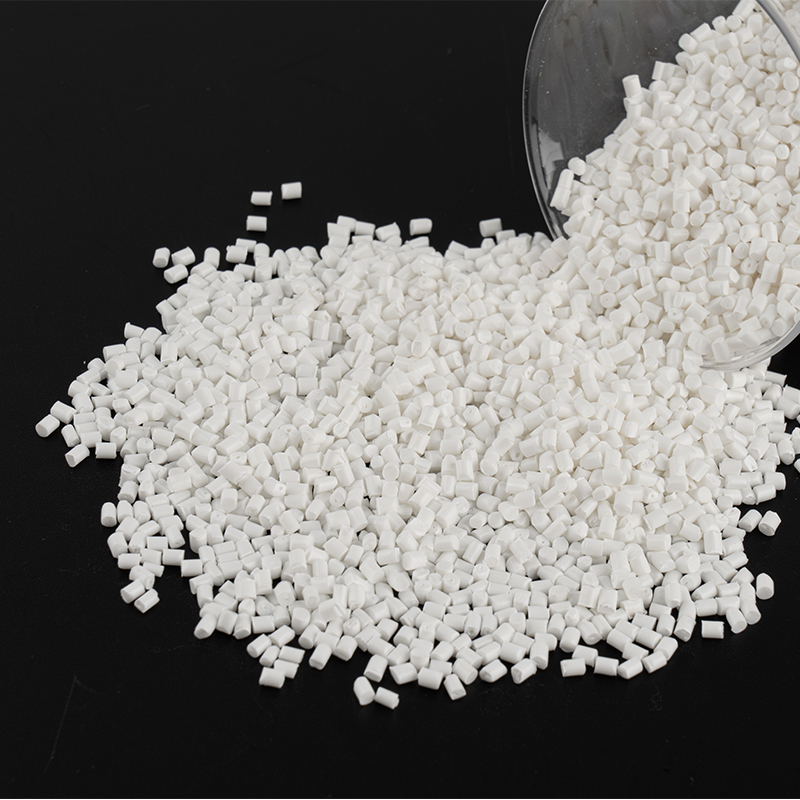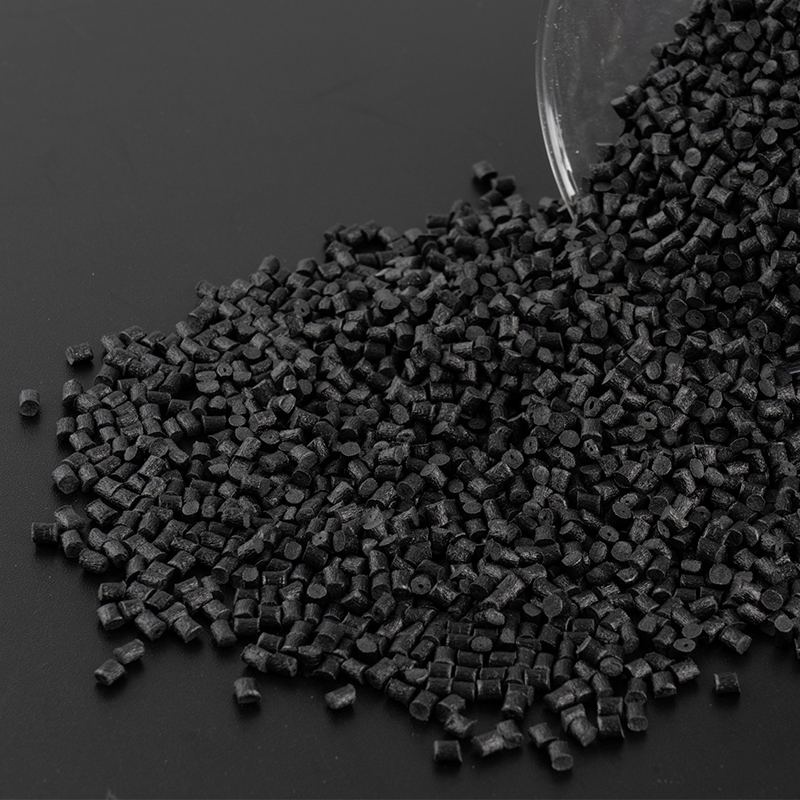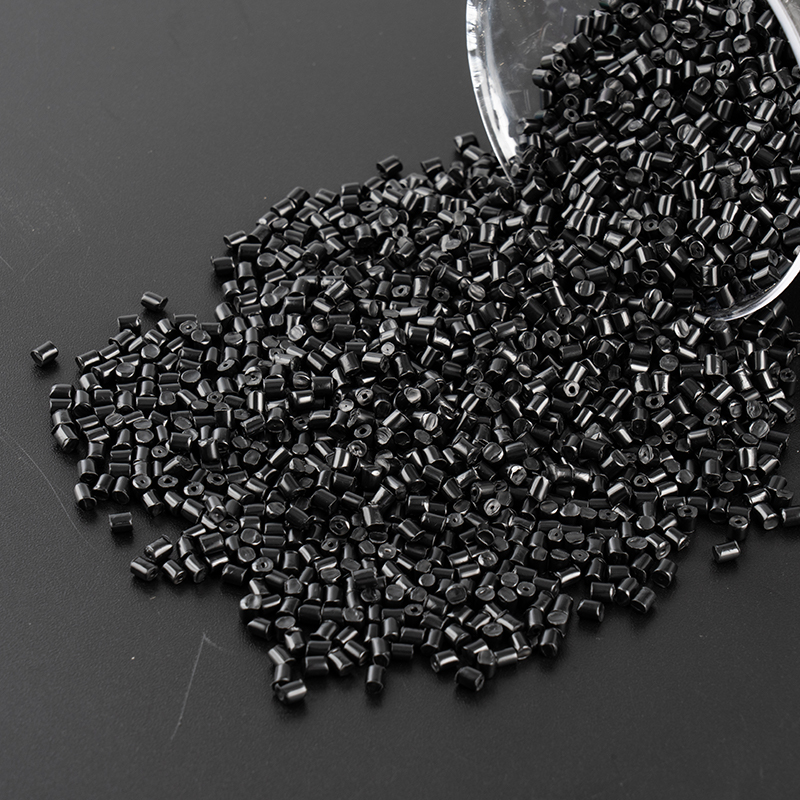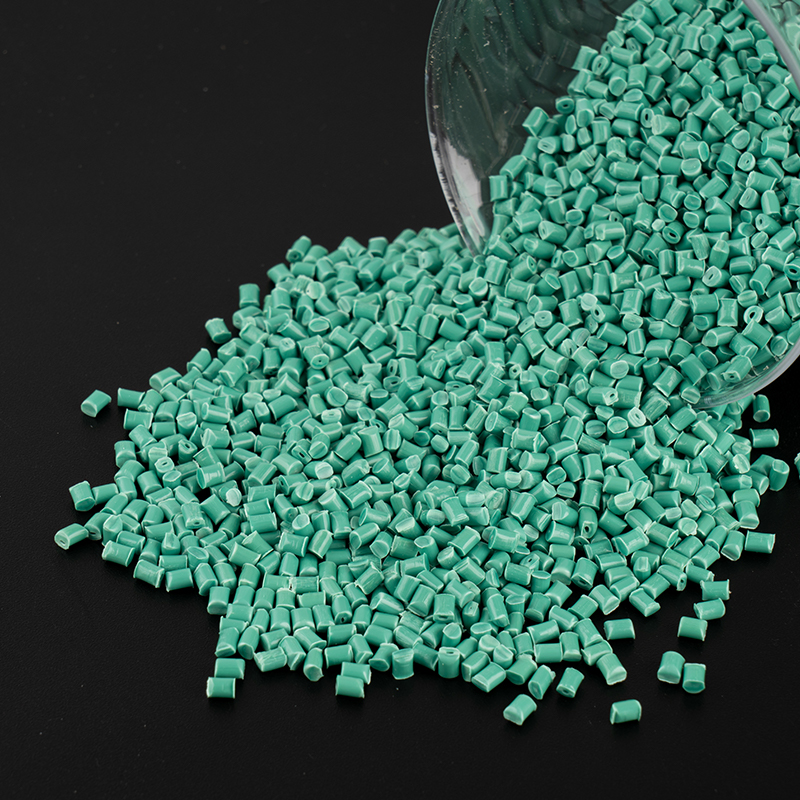1. Introduction
As a high-performance material, modified engineering plastics are widely used in the field of electronic appliances due to their excellent mechanical properties, heat resistance, electrical insulation and good processing performance. With the rapid development of the electronic appliance industry, higher requirements are placed on material performance. Traditional metal and ordinary plastic materials have certain limitations in heat resistance, insulation and lightweight. Modified engineering plastics effectively improve the comprehensive performance of materials by introducing various modifiers or composite materials technology, meet the multiple requirements of electronic appliances for heat resistance, flame retardancy and electrical properties, and become one of the important materials for electronic appliance manufacturing.
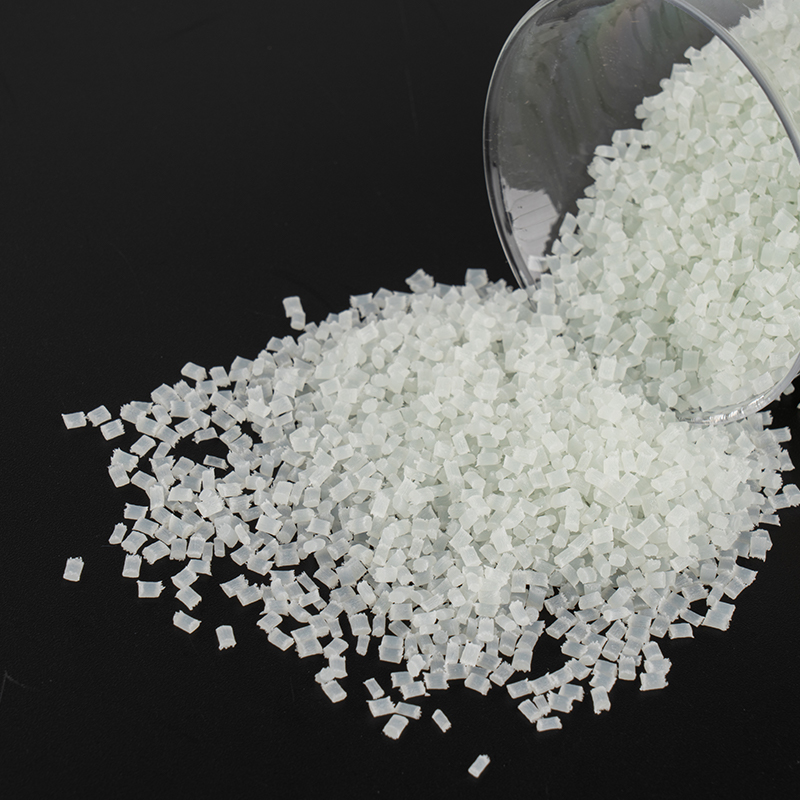
2. Types and characteristics of modified engineering plastics
Engineering plastics such as polyamide (PA), polybutylene terephthalate (PBT), polycarbonate (PC), polyether ether ketone (PEEK), etc. have high mechanical strength and heat resistance. There are various modification methods, including:
Filler modification: adding reinforcing materials such as glass fiber, mineral fillers, nanomaterials, etc. to improve rigidity, strength and thermal stability.
Blending modification: Mix two or more polymer materials to combine their respective advantages to improve toughness and heat resistance.
Chemical modification: Improve the chemical corrosion resistance and electrical insulation properties of materials through copolymerization or grafting modification.
These modification technologies significantly improve the performance of engineering plastics, especially in electronic and electrical applications, showing good heat resistance, flame retardancy and electrical insulation.
3. Main applications of modified engineering plastics in electronic appliances
Electronic component packaging materials: Modified engineering plastics are used to encapsulate chips and integrated circuits, provide protection and insulation, and have good heat dissipation performance.
Connectors and sockets: Use high-strength, heat-resistant and flame-retardant modified plastics to manufacture connector housings to improve safety and durability.
Motor and transformer components: The materials are required to be resistant to high temperatures and voltages, and modified plastics can meet strict mechanical and electrical performance requirements.
Insulators and protective covers: Widely used as insulation and protective components in various electronic devices to ensure the safe operation of equipment.
Printed circuit board (PCB) substrate: Specific modified plastics are used as substrates to improve the mechanical stability and heat resistance of PCBs.
4. Performance requirements and challenges of modified engineering plastics
Electrical performance: High insulation resistance and dielectric strength are required to avoid current leakage and short circuit.
Thermal stability: The operating temperature of electronic products continues to increase, and the materials must maintain the stability of mechanical and electrical properties.
Flame retardant performance: Meet international and regional safety standards to reduce fire risks.
Processing adaptability: modified materials should be adapted to various processing methods such as injection molding and extrusion to ensure the quality of finished products.
Environmental adaptability: facing complex environments such as humidity, ultraviolet rays and chemical corrosion, materials need to have good weather resistance.
These requirements make the research and development of modified engineering plastics have a high technical threshold, and also promote the development of materials science.
5. Typical case analysis
Application of modified PBT in connectors: PBT materials with added glass fiber and flame retardant improve the mechanical strength and flame retardant grade of connectors and extend the service life.
Application of flame-retardant modified PC in household appliance housings: PC materials modified by bromine or halogen-free flame retardants not only ensure the high transparency and aesthetics of the housing, but also meet safety regulations.
Application of nanofiller-reinforced modified PA in high-performance electronic components: Fillers such as nano-alumina significantly improve the thermal conductivity and wear resistance of the material, which is suitable for high-power electronic equipment.
6. Future development trends
Green and environmentally friendly materials: Develop non-toxic and recyclable bio-based modified engineering plastics to respond to environmental regulations and market demand.
High-performance composite materials: integrating multiple functional fillers to achieve light weight, high strength, electrical or thermal conductivity.
Intelligent materials and functional integration: developing modified plastics with intelligent functions such as self-repairing and electrochromic.
3D printing technology combined application: adapting to rapid prototyping and complex structure manufacturing, and improving the design freedom of electronic and electrical products.






